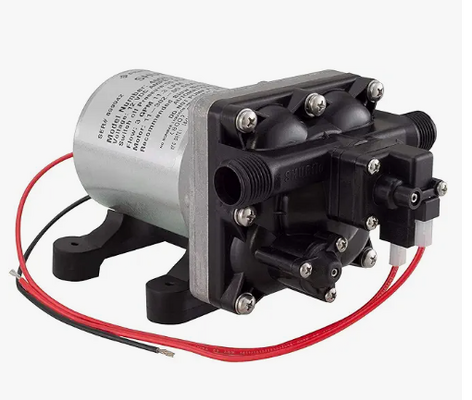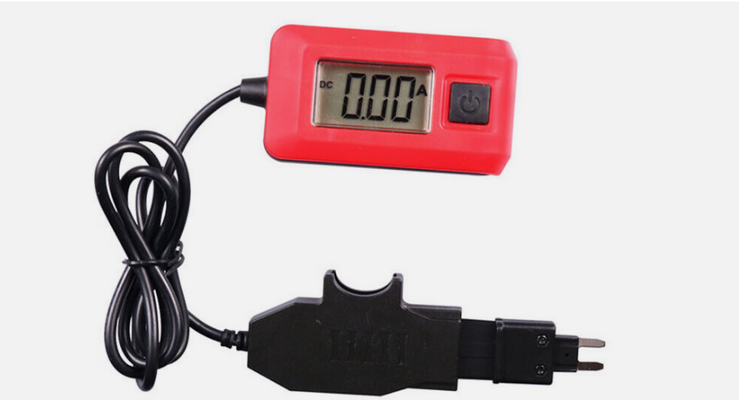dcrbtt
Well-known member
Is there an in place fuse tester.
My water pump quit working and there are so many different non labeled fuses in my rig.
My water pump quit working and there are so many different non labeled fuses in my rig.
Blade fuses? Will this work for you?Is there an in place fuse tester.
My water pump quit working and there are so many different non labeled fuses in my rig.
Several of the suggestions will work, most of the time. The only absolutely accurate under all circumstances way is to remove the fuse and check it with an ohm meter. A better way to check the pump is to use the multimeter on the volts DC scale and see if there is 12V at the pump. When your pump is turned on it is controlled by a pressure switch that is physically on the pump so there should be voltage to it whether running or not. Here is a picture of a typical RV fresh water pump.Is there an in place fuse tester.

It's fairly common for a water pump to have an inline fuse near the pump itself, so check for that too.Is there an in place fuse tester.
My water pump quit working and there are so many different non labeled fuses in my rig.
This is the best answer. You want to see 12 volts on both sides of a good fuse. A tester that goes directly across the fuse will only show the fuse is blown if there is 12 volts on one side of the fuse and the load side has continuity to ground.You can also use a simple 12 volt test light.
Clip the wire to ground and touch the point to each of the two indentation on the fuse one at a time.
If both light up the fuse is OK.
If only one lights up the fuse is blown.
The one I linked to has a battery in it and will light up even if the fuse is out of the circuit.For example, it won't find a blown fuse if the power switch on that circuit has been turned off - when the switch is open it breaks the path to ground on the load side of the fuse.

This is putting the meter circuit into the current carrying circuit, parallel with the fuse, good way to blow the meter. The indicators will not show a blown fuse if as Lou noted in post #10 above, everything in the circuit is turned off and thus no ground in the circuit.If you have a multimeter, set it to DC voltage, put each test lead across the fuse in situ. If the fuse is good there will be no voltage reading, if it is faulty, it will show around 12-13 volts depending on your battery charge.
And some RVs come stock with them, such as my 2022 Class A.You can also buy fuses with LED indicators built into them.
A voltmeter has almost infinite ohms resistance, it is designed to measure voltage, will NOT conduct current. You are confusing using a ammeter on a pure voltage source, no resistance... THAT will go "POP"!This is putting the meter circuit into the current carrying circuit, parallel with the fuse, good way to blow the meter. The indicators will not show a blown fuse if as Lou noted in post #10 above, everything in the circuit is turned off and thus no ground in the circuit.
Charles
If you want to measure the current through the fuse, use one of these thingies:This is putting the meter circuit into the current carrying circuit, parallel with the fuse, good way to blow the meter.

Yes you could, but just another toy to carry around, when, like most RVs, you will have a multimeter that has an ammeter built into it. Just knowing how to use it properly and careful you do NOT try to measure voltage while in the 'amps' range/position... Typically need to move the one test lead and then forget to put it back to volts/ohms when required!! I have blown many meter fuses....
That is exactly the proper way to check a fuse in a live circuit. With the meter set to a voltage scale that is at least double the highest possible voltage in the circuit and sent either ac or dc depending on what powers the circuit, you then put one probe on one end of the fuse and the other probe on the opposite end. If you measure the source voltage that fuse is open or bad. If you measure 0V then the fuse is good and conducting.This is putting the meter circuit into the current carrying circuit, parallel with the fuse, good way to blow the meter.
